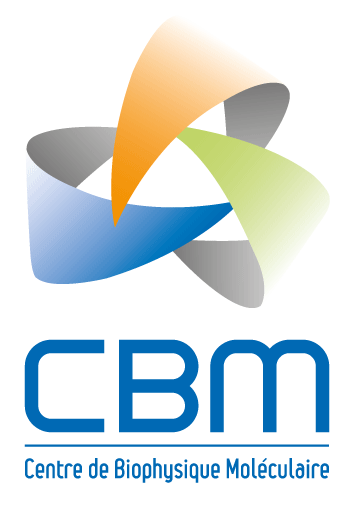Small, Fluorinated Mn 2+ Chelate as an Efficient 1 H and 19 F MRI Probe
Résumé
Abstract We explore the potential of fluorine‐containing small Mn 2+ chelates as alternatives to perfluorinated nanoparticles, widely used as 19 F MRI probes. In MnL1 , the cyclohexanediamine skeleton and two piperidine rings, involving each a metal‐coordinating amide group and an appended CF 3 moiety, provide high rigidity to the complex. This allows for good control of the Mn−F distance ( r MnF =8.2±0.2 Å determined from 19 F relaxation data), as well as for high kinetic inertness (a dissociation half‐life of 1285 h is estimated for physiological conditions). The paramagnetic Mn 2+ leads to a ~150‐fold acceleration of the longitudinal 19 F relaxation, with moderate line‐broadening effect, resulting in T 2 / T 1 ratios of 0.8 (9.4 T). Owing to its inner sphere water molecule, MnL1 is a good 1 H relaxation agent as well ( r 1 =5.36 mM −1 s −1 at 298 K, 20 MHz). MnL1 could be readily visualized in 19 F MRI by using fast acquisition techniques, both in phantom images and living mice following intramuscular injection, with remarkable signal‐to‐noise ratios and short acquisition times. While applications in targeted imaging or cell therapy monitoring require further optimisation of the molecular structure, these results argue for the potential of such small, monohydrated and fluorinated Mn 2+ complexes for combined 19 F and 1 H MRI detection.
Fichier principal
 Angew Chem Int Ed - 2024 - Garda - Small Fluorinated Mn2 Chelate as an Efficient 1H and 19F MRI Probe.pdf (787.95 Ko)
Télécharger le fichier
Angew Chem Int Ed - 2024 - Garda - Small Fluorinated Mn2 Chelate as an Efficient 1H and 19F MRI Probe.pdf (787.95 Ko)
Télécharger le fichier
| Origine | Fichiers éditeurs autorisés sur une archive ouverte |
|---|---|
| licence |




